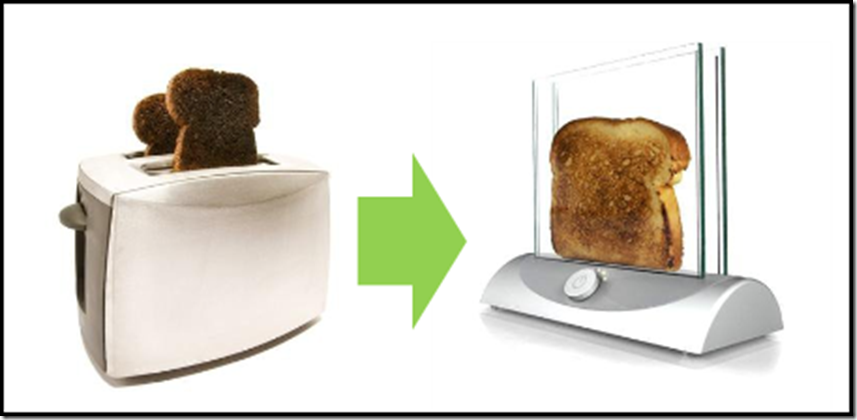Saving Private Data
/OCDQ Radio is a vendor-neutral podcast about data quality and its related disciplines, produced and hosted by Jim Harris.
This episode is an edited rebroadcast of a segment from the OCDQ Radio 2011 Year in Review, during which Daragh O Brien and I discuss the data privacy and data protection implications of social media, cloud computing, and big data.
Daragh O Brien is one of Ireland’s leading Information Quality and Governance practitioners. After being born at a young age, Daragh has amassed a wealth of experience in quality information driven business change, from CRM Single View of Customer to Regulatory Compliance, to Governance and the taming of information assets to benefit the bottom line, manage risk, and ensure customer satisfaction. Daragh O Brien is the Managing Director of Castlebridge Associates, one of Ireland’s leading consulting and training companies in the information quality and information governance space.
Daragh O Brien is a founding member and former Director of Publicity for the IAIDQ, which he is still actively involved with. He was a member of the team that helped develop the Information Quality Certified Professional (IQCP) certification and he recently became the first person in Ireland to achieve this prestigious certification.
In 2008, Daragh O Brien was awarded a Fellowship of the Irish Computer Society for his work in developing and promoting standards of professionalism in Information Management and Governance.
Daragh O Brien is a regular conference presenter, trainer, blogger, and author with two industry reports published by Ark Group, the most recent of which is The Data Strategy and Governance Toolkit.
You can also follow Daragh O Brien on Twitter and connect with Daragh O Brien on LinkedIn.
Related OCDQ Radio Episodes
Clicking on the link will take you to the episode’s blog post:
So Long 2011, and Thanks for All the . . . — The OCDQ Radio 2011 Year in Review, featuring Jarrett Goldfedder, who discusses Big Data, Nicola Askham, who discusses Data Governance, and Daragh O Brien, who discusses Data Privacy.
The Blue Box of Information Quality — Guest Daragh O Brien on why Information Quality is bigger on the inside, using stories as an analytical tool and change management technique, and why we must never forget that “people are cool.”
Data Quality and Big Data — Guest Tom Redman (aka the “Data Doc”) discusses Data Quality and Big Data, including if data quality matters less in larger data sets, and if statistical outliers represent business insights or data quality issues.
Big Data and Big Analytics — Guests Jill Dyché and Dan Soceanu discuss big trends in Business Intelligence, including Cloud, Collaboration, and Big Data, the last of which lead to a discussion about Big Analytics.
Good-Enough Data for Fast-Enough Decisions — Guest Julie Hunt discusses Data Quality and Business Intelligence, including the speed versus quality debate of near-real-time decision making, and the future of predictive analytics.
Decision Management Systems — Guest James Taylor discusses concepts from his book: Decision Management Systems: A Practical Guide to Using Business Rules and Predictive Analytics
Data Governance Star Wars — Special Guests Rob Karel and Gwen Thomas joined this extended, and Star Wars themed, discussion about how to balance bureaucracy and business agility during the execution of data governance programs.
The Data Governance Imperative — Guest Steve Sarsfield discusses his book The Data Governance Imperative, explaining how data governance is about changing the hearts and minds of your company to see the value of data quality.
Social Media Strategy — Guest Crysta Anderson of IBM Initiate explains social media strategy and content marketing, including three recommended practices: (1) Listen intently, (2) Communicate succinctly, and (3) Have fun.
The Fall Back Recap Show — A look back at the Best of OCDQ Radio, including discussions about Data, Information, Business-IT Collaboration, Change Management, Big Analytics, Data Governance, and the Data Revolution.



